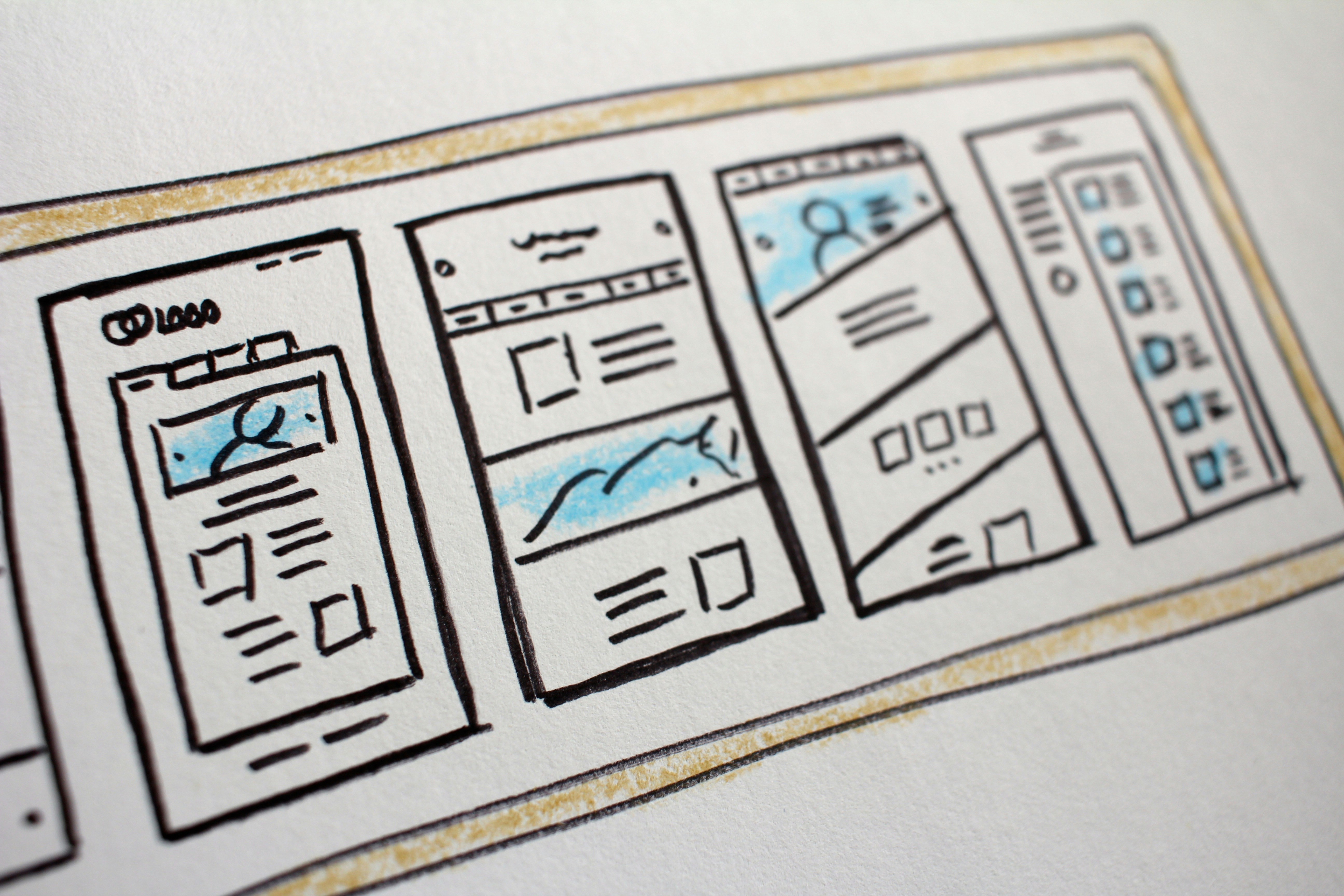Many believe that diversity and inclusion is a marathon, not a sprint, but this is a marathon that has lasted for rather a long time now… Why is it so difficult to implement such vital ideals, making the workplace accessible to all and celebrating everyone – no matter the background? Only 69% of executives believe that diversity and inclusion are the most important issues; while this may appear to be a large number for some, ideally, this statistic should be 100%. Not only does focus on diversity and inclusion in the workplace result in better decision making as a team (87%) and higher performance rates (35%), but it also results in a fundamental human right: to belong without discrimination.
UENI’s 2020 Report on Gender and Small Business showcases stark gender bias and stereotype, revealing that women take the lead in areas such as Gifts & Occasions (67.62%), Consumables (63.75%) and Wellness (62.83%) sectors. While it’s great that women are taking the lead (especially as women only began entering the workforce in large during World War One) why does it seem that these female-dominated areas carry stereotypical, out-dated gender role attributes? Hair and beauty, wellness, clothes and accessories etc. It would be interesting to see what happens if a woman were to champion a notably underrepresented and commonly stereotypical male area such as engineering or construction; equally, it would be refreshing to have a male champion in common-female roles.
With the increasing fluidity in gender and sexuality, it should also be noted that non-binary, transgender and LGBTQ+ employees should also be given more opportunities to flourish within companies, as it is estimated that 250,000 (4%) of the UK population identifies as non-binary. Worryingly, a survey conducted by the charity Stonewall revealed that more than a third of LGBT staff (35%) have hidden or disguised that they are LGBT at work in the last year because they were afraid of discrimination. This highlights that not enough is being done by businesses to create a safe space for all employees to be their authentic selves without fear that they will be harmed, judged or mistreated and it is vital this is scrutinised and acted upon as soon as possible.
In terms of workplace accessibility and inclusion, Visit Britain appear to be a key player in this area by promoting accessibility within businesses for tourists and customers. However, one would hope the driving force behind condition improvement should be for the employees working in these locations daily. Is the monetary gain the real gamechanger behind diversity, inclusivity and improving work conditions for those living with disabilities? A UK parliamentary document, ‘Disabled people in employment’, states that 7.7 million people of working age (16-64), 19% of the working age population, were disabled in April-June 2020. Should businesses not be catering to this as the priority instead? Why, in some cases, is this focus on inclusion and diversity only apparent for monetary gain and the comfort of customers? The Ramp People published an infographic revealing that those with disabilities will have to apply for 60% more jobs than non-disabled people before they find employment. This is a damning statistic that showcases that businesses should be doing more to increase diversity withing the employment pool, focusing more on what the candidate can offer the business instead of only seeing a disability.
Taking a deeper look at D&I statistics, a report published by Business in the Community in 2015 stated that 1 in 8 of the working age population were from a BAME background, yet BAME individuals made up only 10% of the workforce and hold only 6% of top management positions. Unfortunately, NCVO shows very little change to these percentages over the years. The McGregor-Smith Review boldly states that “there is discrimination and bias at every stage of an individual’s career, and even before it begins.” This sentiment is unfortunately true for many, and needs changing as soon as possible. With brand purpose testing positive in 2020, and continuing in 2021, there’s no excuse for companies to not champion real cultural change and remove obstacles throughout the business to ensure a more diverse, inclusive workplace.
If you’re frustrated about the lack of improvement regarding diversity and inclusion in your workplace, you’re not alone. Even the Church of England is stepping up the pressure on firms, such as Google’s parent firm, Alphabet, Royal Dutch Shell, Samsung, Unilever, Facebook, Tesco and AstraZeneca, to improve diversity. This will enable senior roles, boards of directors and workplaces as a whole to truly reflect the real-life communities in which they exist.
Are you frustrated with the state of play or feel that your organisation could do more to implement D&I in your business? We wanted to get your opinions on the matter and share some key figures to help arm you with the data you need to incite change.Check out our D&I in the Workplace Report to find out the results of our in depth research into what you think about D&I in your organisation.
Our Research & Insights team can help you with the first step of getting to know your audiences or email us at anythingspossible@drpgroup.com to enquire about how we can help you make your comms more inclusive.








